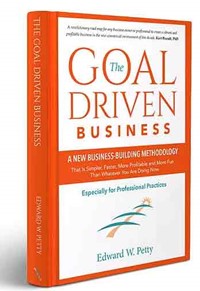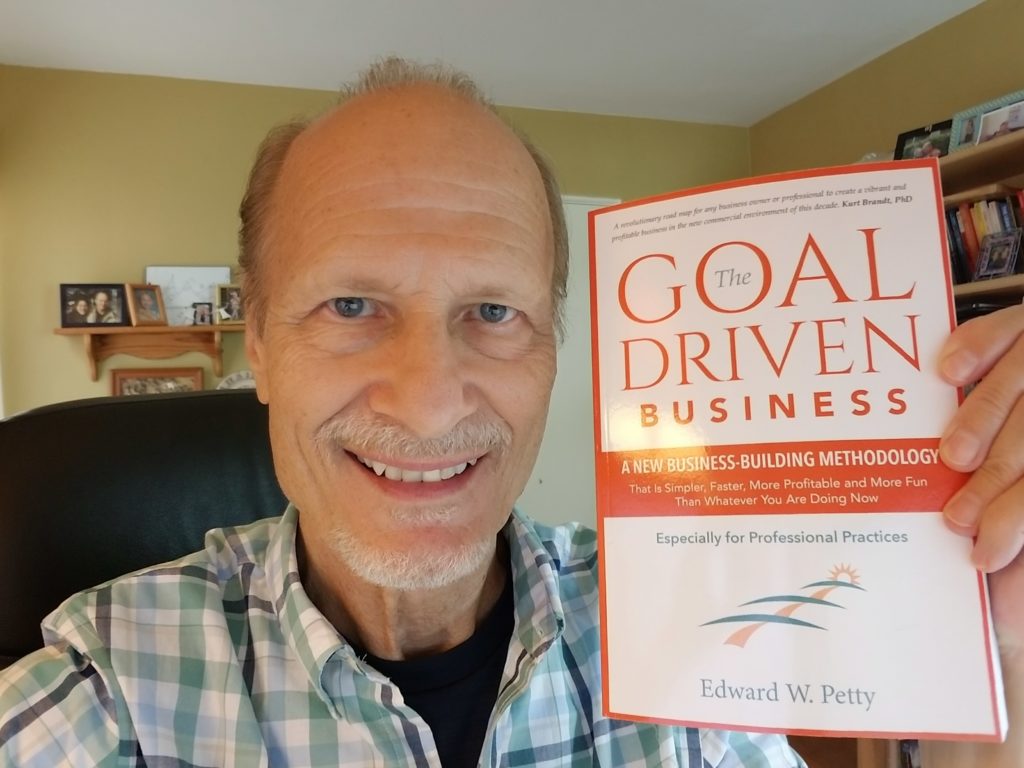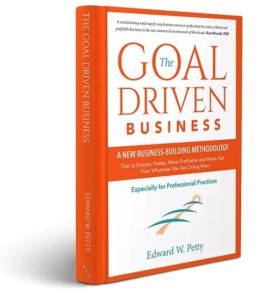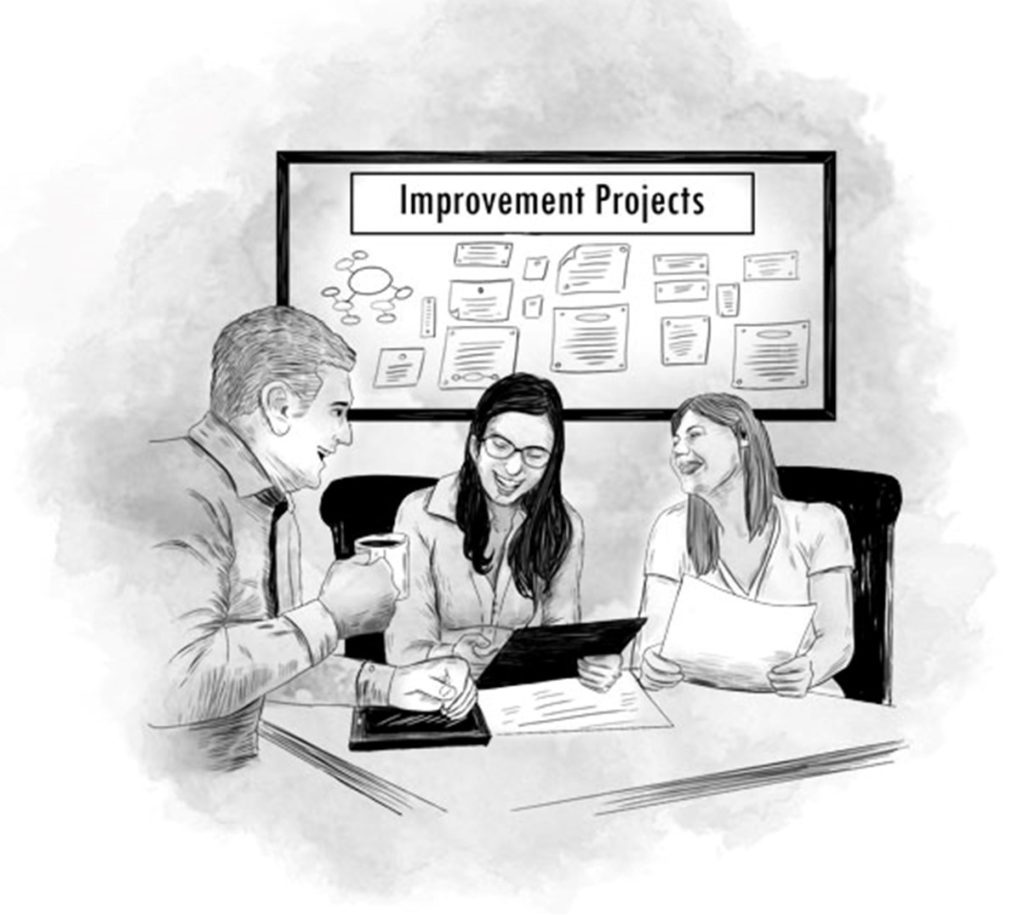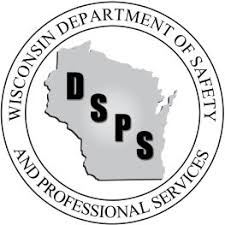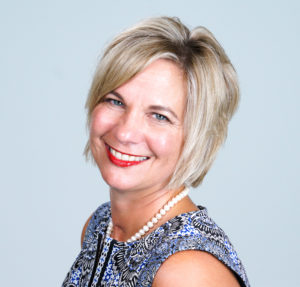
In a Goal Driven Practice, Goal Driven Job Descriptions are short, fast, and to the point.
And they are used!
They help improve the quality and quantity of services and are motivational.
So, how is this different from other job descriptions?
Most job descriptions are usually a hodge-podge and catchall of unrelated tasks. For example, the front desk job description may include getting supplies, taking x rays, calling attorneys, and scheduling patients. Billing may include marketing and equipment repair.
Staff will do the tasks assigned but end up zigzagging from one function to another, losing focus on what they are doing, and often disengaged in their activities.
In typical job descriptions, the goals are not clearly defined, measured, nor are the expectations stated. Further, employees don’t always see or get recognized for the results of the work detailed on their job descriptions.
Yet another failing of most job descriptions is obvious – they just aren’t used.
Let’s look at how to power up job descriptions so that they are Goal Driven.
Many job descriptions contain the duties of several different roles. A role is an assumed identity. For example, in a restaurant, there are the roles of a server, cashier, dishwasher, and chef, or cook. In a small restaurant, one person may take on a number of these roles, and all these roles would be their job description. Hence the idiom: “chief cook and bottle washer.”
But to be effective, each role needs to be separated, well defined, and organized with the other roles.
In a Goal Driven Practice, job descriptions are broken down into different roles and described in job checklists.
The job checklist begins by clarifying the goals. This includes the mission, the outcomes, what is used to measure performance, and the level of performance expected of that role.
For example, for the role of Patient Accounts, the mission might be something like: “To help the patient pay for all of the services they received in such a way that they will continue to receive services.” The outcome might be a zero balance or “no accounts receivable more than 30 days.” The statistics used to measure this role could be the “percent of collections to adjusted services.” And finally, the expectation might be something like: “All patients very happy with the encounters with Patient Accounts and continuing with their services, with a collections percent of at least 95% of adjusted services average.”
We now list the most important procedures to achieve this goal. The CEO of the office defines WHAT the goals should be – that is leadership. But the manager and those working in patient accounts would work out HOW the goals would be achieved.
Encouraging the team member to define the best procedures to achieve their goals empowers them and gives them autonomy and responsibility for their role. According to Self-Determination Theory, real motivation is intrinsic. It comes from one’s desires and needs rather than external rewards or threats. Edward Deci, in his book Why We Do What We Do, says people “strive for personal causation.” (This is more fully covered in my book, The Goal Driven Business)
If the cook understands that their goal is to make tasty meals that the customers enjoy and for which they will pay, they can be more responsible for how best to achieve that goal.
A team member may have five or more roles, each with a job checklist, as part of their job description. As the doctor and owner, you may have 25! (And if so, that could be a big capacity barrier right there!)
Once the goals are clearly defined … and kept in mind, the rest of the checklist can be easily worked out.
Once per month or more, you or the manager can meet with each team member and do what we call a Coaching Review. This is a fast review of employee performance: at what they are excelling and at what they need to improve. In addition, the job checklist can act as an assessment.
But it is all geared around the goals of their roles. You also ask them what could be added or changed to improve both the quantity and the quality of their outcomes. They can make the changes to the job checklist and make sure you have a copy.
None of this takes a long time to do each month.
Management of your office is not just about getting procedures done. It is about constant improvement in the quantity and quality of their goals.
You may have told your patients something like: “If you do not make time for your wellness, you will be forced to make time for your illness.”
The same applies to managing your business. “If you do not take time to improve your procedures and your people to achieve the goals in their roles, you will be forced to make time to rebuild your practice.”
Steven Covey, in his book The 7 Habits of Highly Effective People put it simply and best:
Begin with the end in mind.
Ed


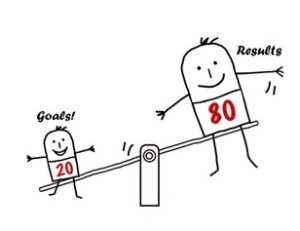

 But good management solves this. It takes you off the Practice Roller Coaster and allows your service volume to continue to increase, unimpeded. And with more services, with good management, there will be more profit.
But good management solves this. It takes you off the Practice Roller Coaster and allows your service volume to continue to increase, unimpeded. And with more services, with good management, there will be more profit.